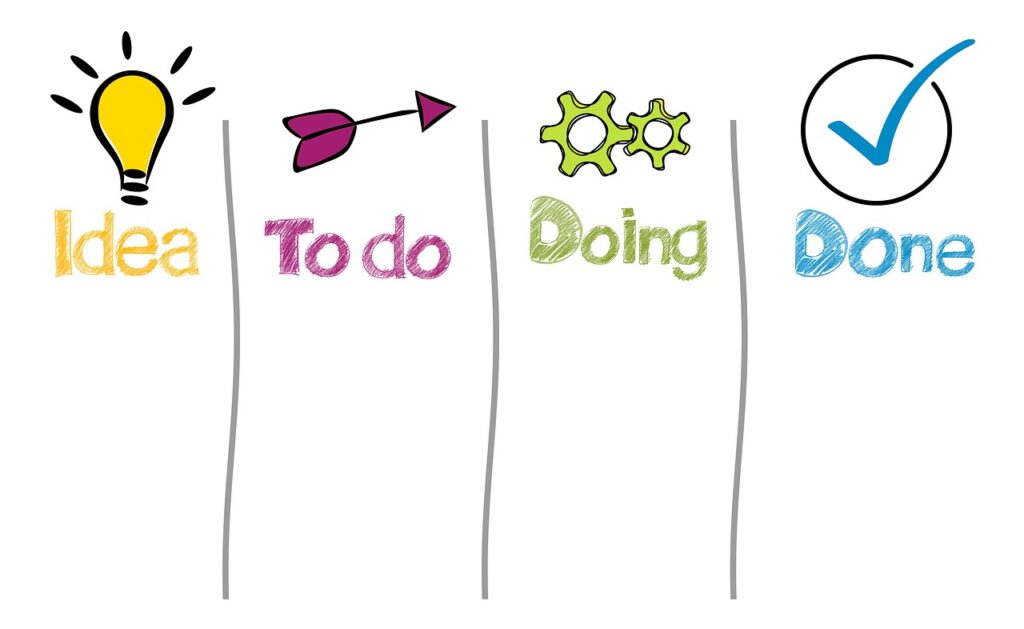Everything You Need to Know About How Customs Clearance Works
A Simple Guide to How Goods Move Across Borders Smoothly
Step-by-Step Process of Custom Clearance Explained – >Introduction
When goods travel from one country to another, they must pass through customs clearance. Step-by-Step Process of Custom Clearance Explained is important because This process makes sure everything follows the rules and laws of the destination country. Without customs clearance, your package might get stuck or even rejected. Whether you are a business owner or someone sending a gift overseas, knowing how customs works is important. This article breaks down the steps of customs clearance into simple, easy-to-understand parts. You will learn how documents are checked, fees are paid, and goods are approved for delivery. Let’s start exploring each step.
Preparing the Required Documents
Before goods can clear customs, you need the right paperwork. Documents tell customs officials what the goods are, where they came from, and their value. Missing or wrong documents can cause delays. Here’s what you need.
Key Documents for Customs
- Commercial Invoice – Shows the value and description of the goods.
- Packing List – Details the number of items and how they are packed.
- Bill of Lading – Proof that the goods were handed to a shipping company.
- Import License – Some countries require special permission for certain items.
Why Accuracy Matters
Customs officers check every detail. If the invoice says “toys” but the package contains electronics, your goods might be seized. Prices must match the real value. Wrong information can lead to fines or legal trouble. Always double-check documents before submitting them.
Submitting Documents and Paying Fees
Once your documents are ready, the next step is submission. This is often done by a customs broker or the shipping company. They send the paperwork to customs for review. After that, fees are calculated and paid.
The Role of Customs Brokers
A customs broker helps navigate complex rules. They know how to fill out forms correctly and meet deadlines. Brokers also communicate with customs officers if there are questions. Using a broker saves time and reduces errors.
Understanding Duties and Taxes
Customs duties are fees charged on imported goods. The amount depends on the item’s value and type. For example, clothes may have a different tax rate than electronics. Some goods, like medicines, might need extra approvals. Paying these fees quickly avoids storage charges at ports.
Customs Inspection and Release
After fees are paid, customs may inspect the goods. Not every package is checked, but random inspections happen. If everything matches the documents, customs releases the goods for delivery.
What Happens During an Inspection
Officials open the package to verify the contents. They compare items with the invoice and packing list. If something is suspicious, like undeclared items, the goods can be held back. In rare cases, illegal items lead to fines or legal action.
Getting Your Goods Delivered
Once cleared, the shipping company delivers the goods to the address on the paperwork. Delays can still happen due to traffic, weather, or paperwork errors. Track your shipment online to know its status.
Conclusion
In conclusion, Step-by-Step Process of Custom Clearance Explained is an important topic.
Customs clearance ensures safe and legal movement of goods across borders. By preparing accurate documents, working with experts, and paying fees on time, you can avoid problems. Remember, every country has different rules, so research is key. Whether you’re importing toys or machinery, following these steps keeps your shipments moving smoothly. For more details, check trusted sources like the World Customs Organization or the U.S. Customs and Border Protection guide.


